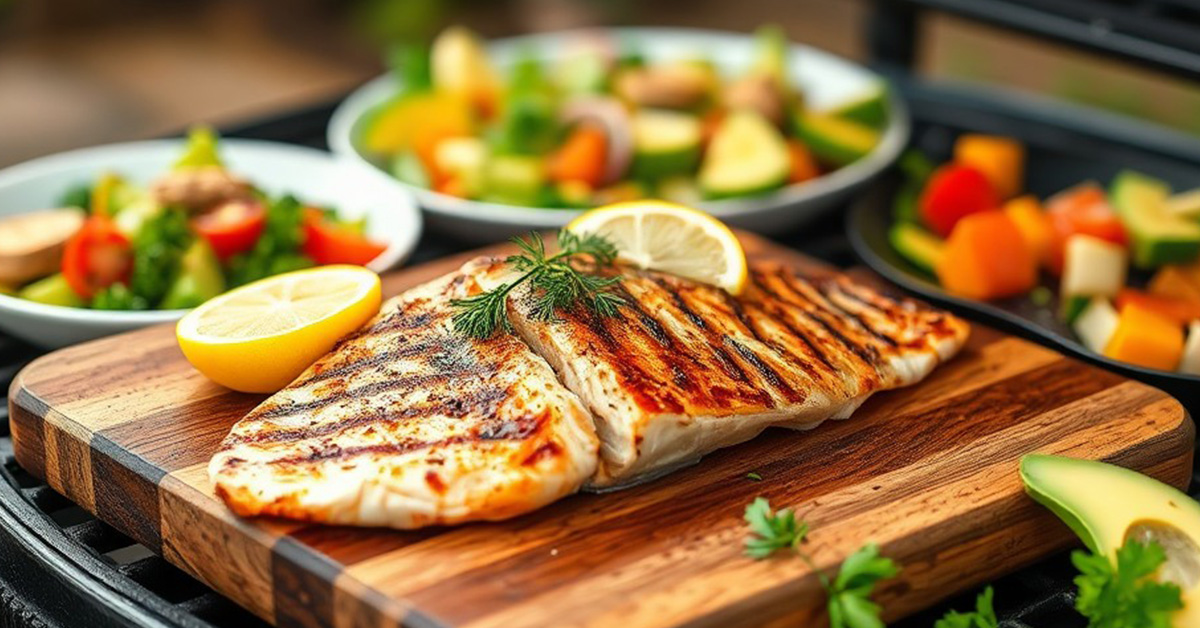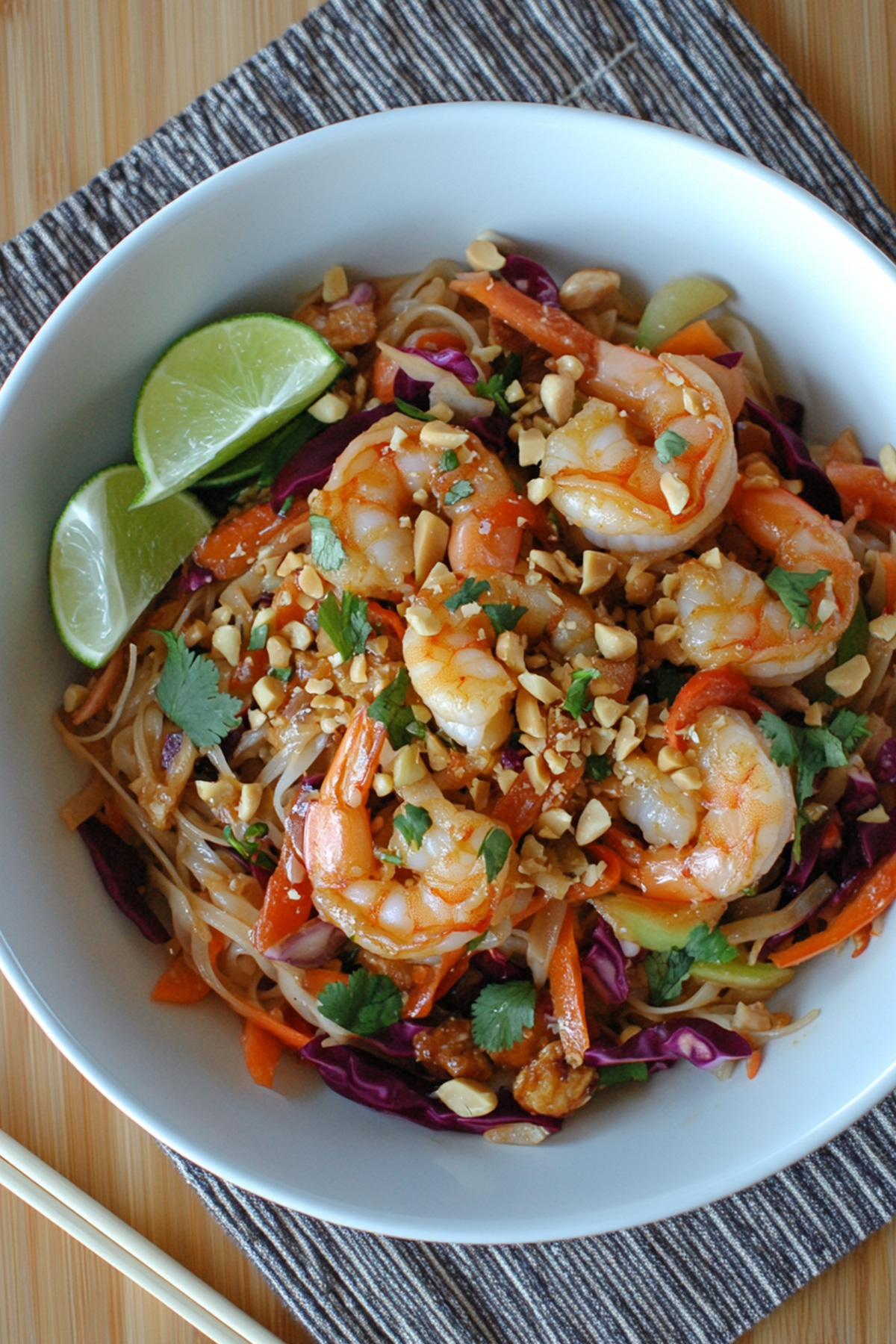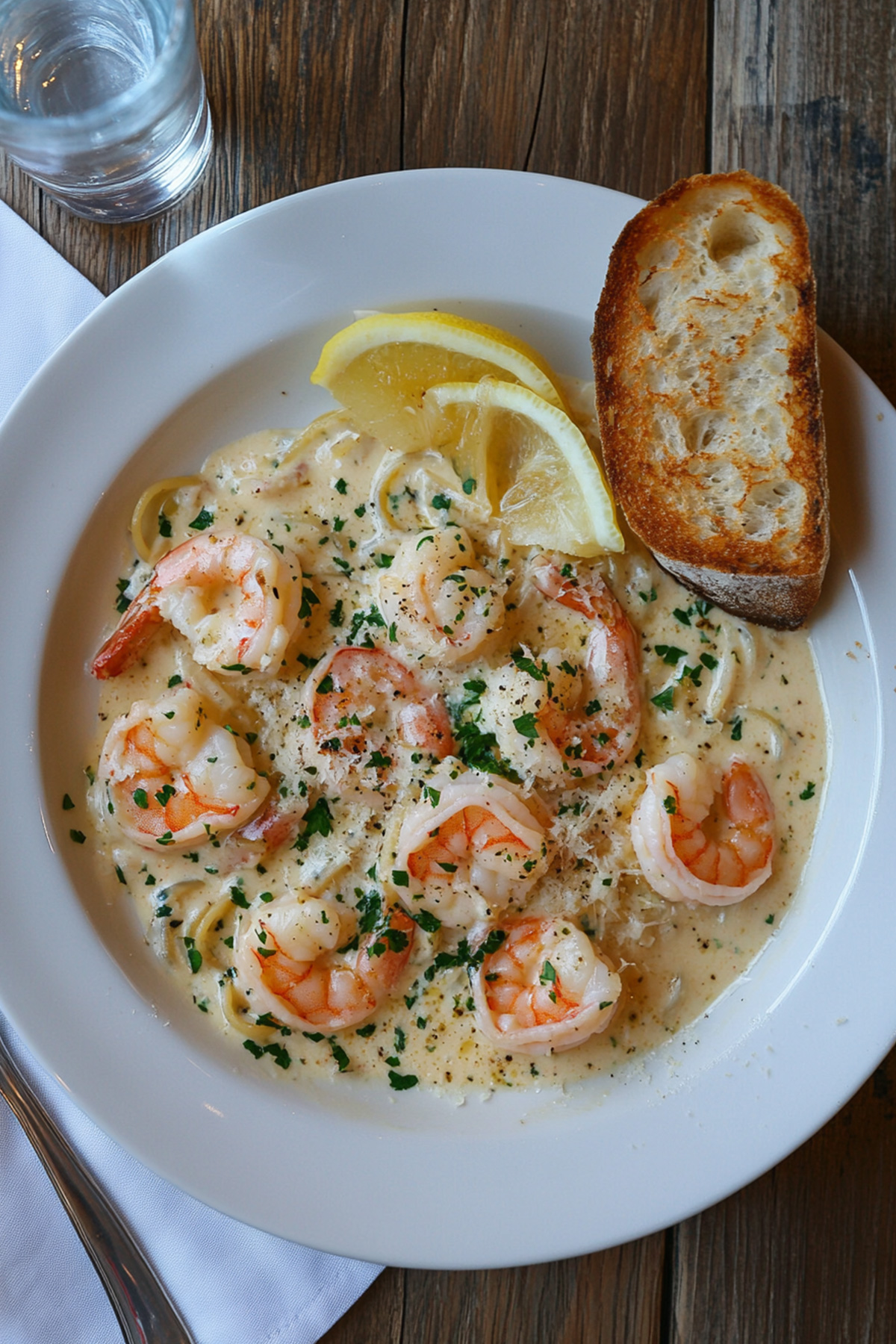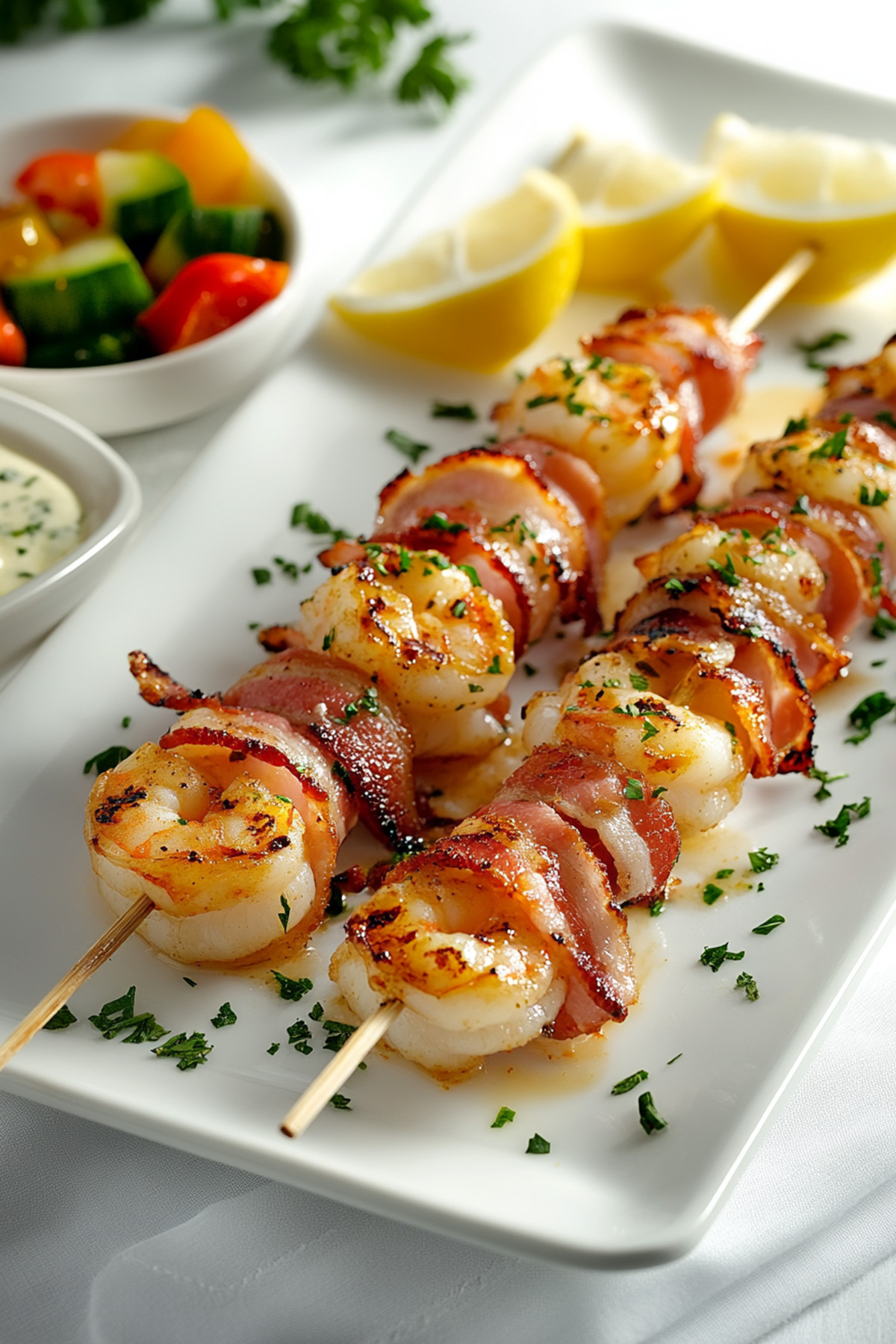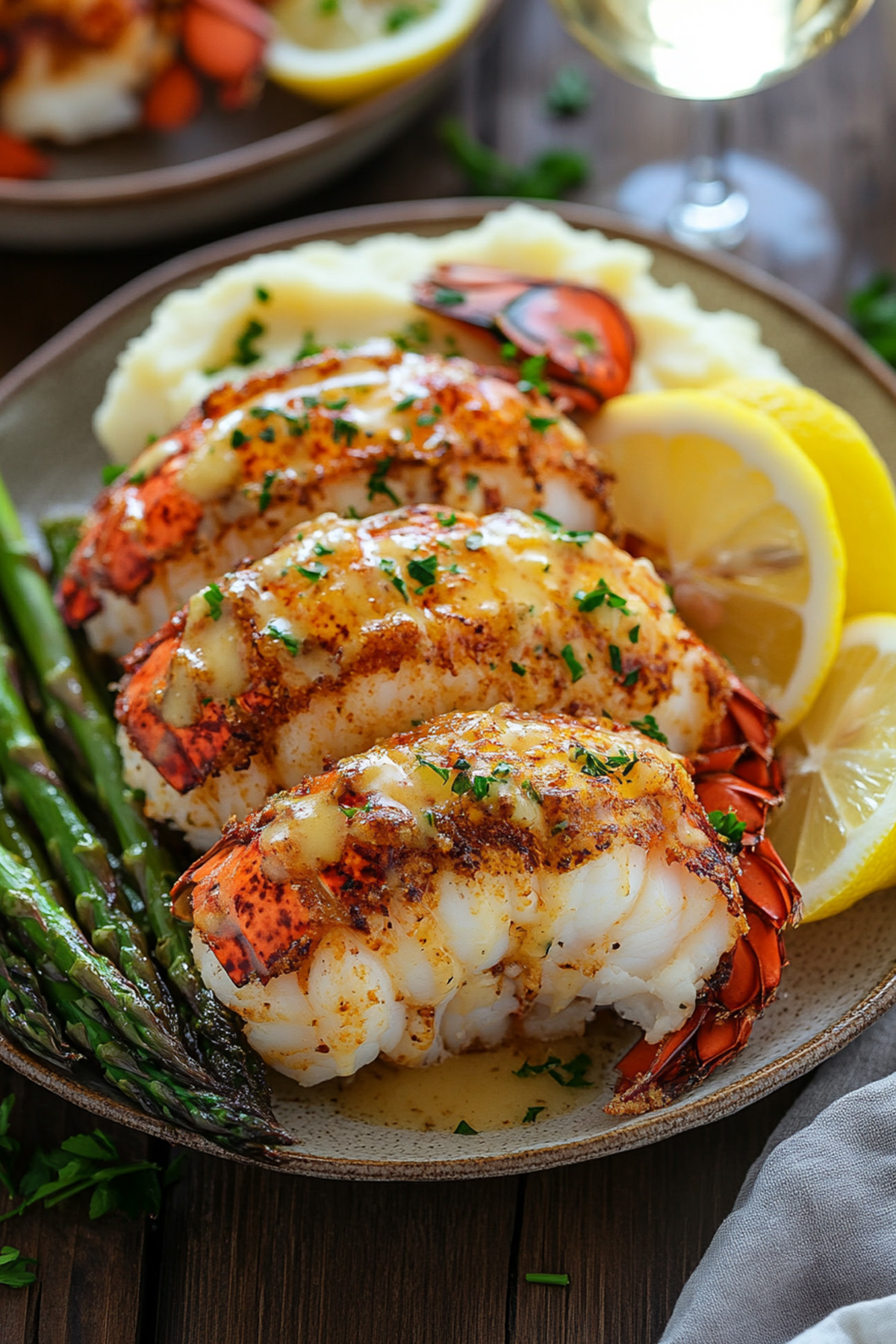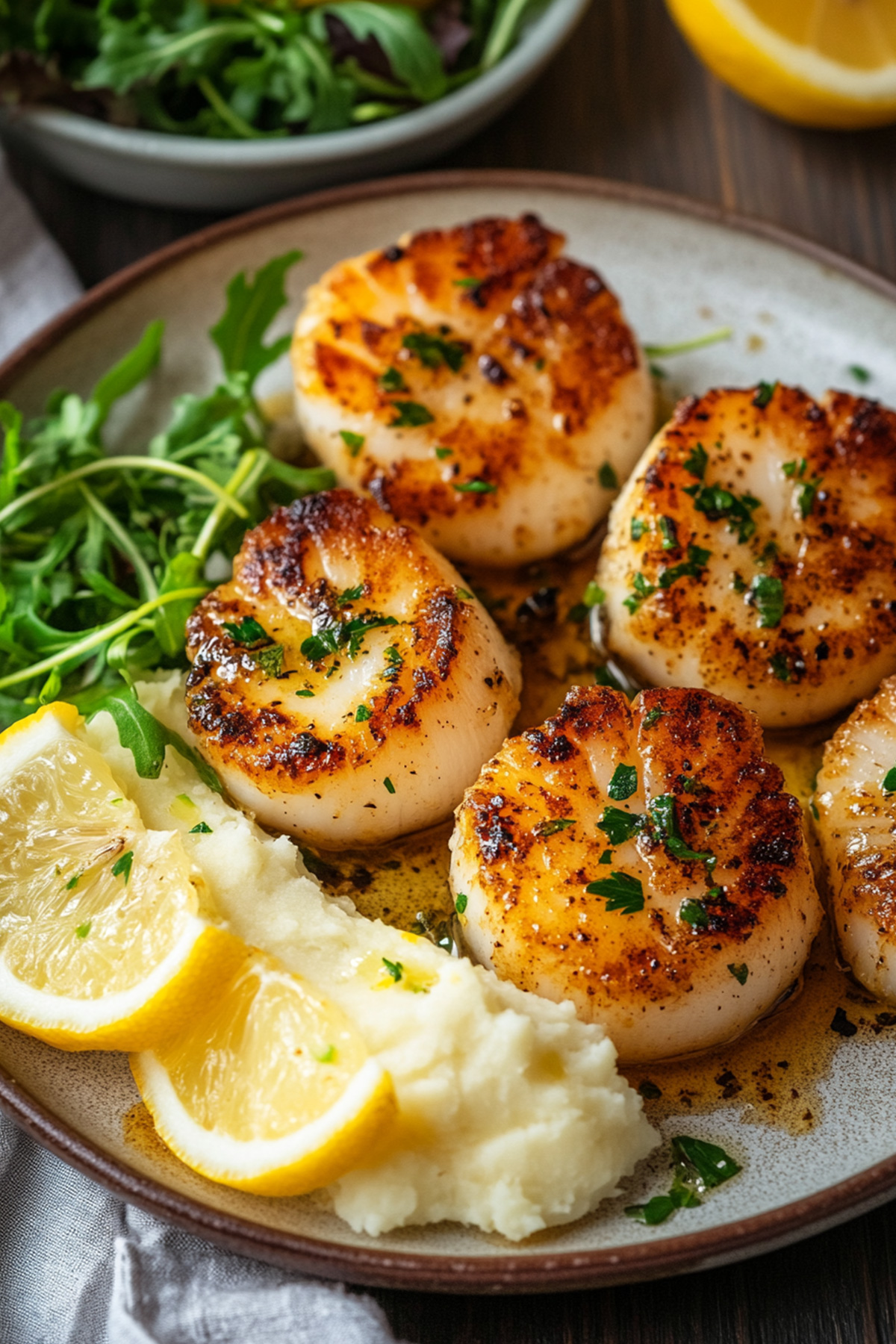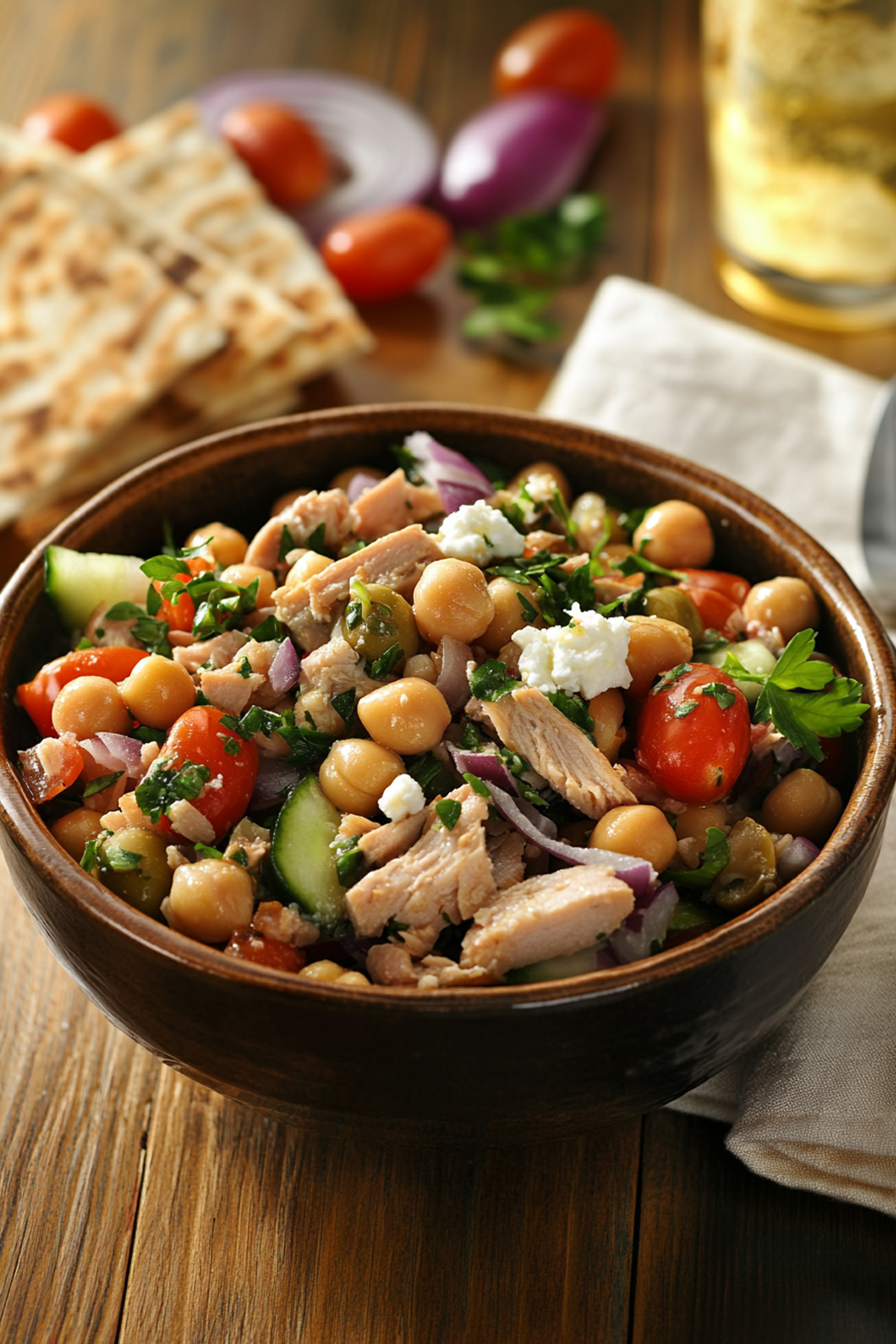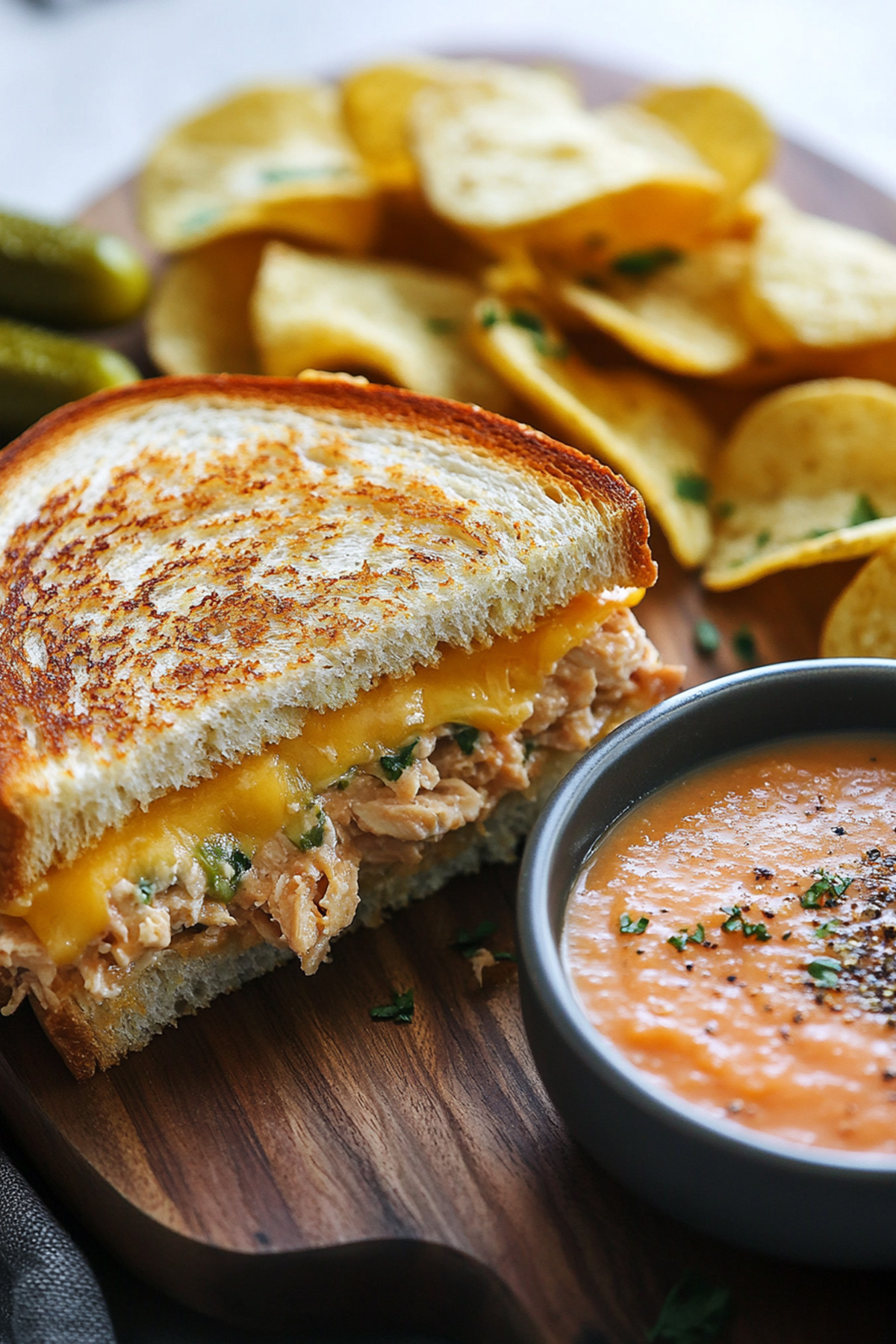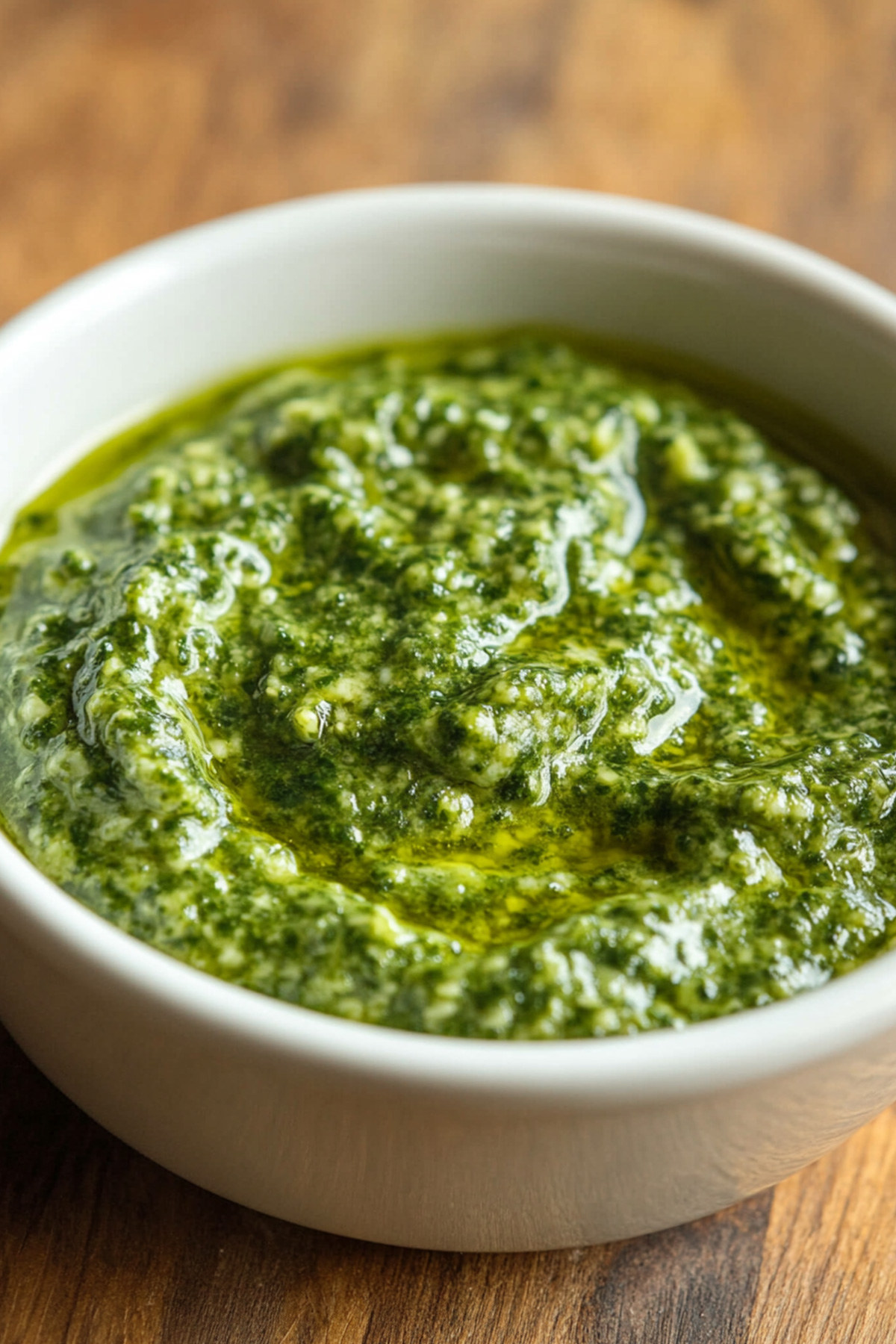Grilled fish calories are a key reason why grilling fish is such an enticing option for health-conscious eaters. The smoky flavor, tender texture, and beautiful char elevate a simple meal into something truly extraordinary. Plus, there’s nothing quite like the satisfaction of savoring delicious food while staying true to your wellness goals. By opting for grilled fish, you can indulge in mouthwatering dishes that are naturally lower in calories without sacrificing taste or creativity.
Imagine biting into a perfectly grilled fillet, seasoned with fresh herbs and zesty citrus. It’s not just flavorful; it’s light and nourishing too! With the right techniques and smart choices, you can enjoy meals that support your fitness journey without feeling deprived. Are you ready to dive in? Join us as we explore seven smart tips that will help you master the art of grilling flavorful, low-calorie fish like a pro! Your next favorite dish is just a few steps away.
Table of Contents
Choosing the Right Fish
When it comes to picking the perfect fish for your grilling endeavors, opting for low-calorie options is a solid strategy that harmonizes fitness goals with gastronomic delights. Tilapia, cod, and flounder stand out as fantastic choices, each packing a punch of protein yet remaining gentle on your caloric intake.
Read also: How to Grill Fish on Blackstone
For example, a 3-ounce serving of tilapia contains about 110 calories and provides essential nutrients like omega-3 fatty acids that are beneficial for heart health. Cod offers similar advantages with its delicate flavor profile and flaky texture that’s ideal for grilling – usually hovering around 90 calories per serving. Flounder, known for its mild taste, similarly boasts low calorie content while being rich in lean protein, making it an excellent option to boost your healthy meal repertoire. [source]
While focusing on calorie count is important, another vital factor to consider is sustainability. Choosing seafood that’s harvested responsibly ensures you’re not only taking care of your diet but also being kind to our oceans and marine life. Sustainable fishing practices help maintain fish populations and protect their natural habitats from overfishing and environmental degradation. When shopping for your next grilling session, look for labels or certifications such as the Marine Stewardship Council (MSC) seal or local fisheries that practice ethical catch methods. Supporting sustainable seafood options enhances not only your culinary experience but also helps foster a healthier ecosystem.
So how do you ensure you’re selecting the freshest fish available? A brisk visit to your local market can lead you to impressive treasures if you know what signs to look for! Fresh fish should smell mild – not overly “fishy” – and exhibit clear, bright eyes (not cloudy or sunken). The flesh should be firm and spring back when pressed; if it leaves an imprint—move along! Additionally, check whether the fish’s scales are intact and shiny instead of dull or dry. These visual checkpoints will guide you in choosing quality pieces while enhancing your grilled escapades both flavorfully and health-consciously! Happy grilling!
Marinade Magic: Flavor Without Guilt
When it comes to grilling fish, marinades are a game changer. Instead of reaching for heavy sauces laden with calories and additives, you can create flavorful and guilt-free marinades using fresh herbs and spices. Basil, cilantro, dill, and parsley not only add vibrant flavors but also offer additional health benefits, such as antioxidants. Spice blends like paprika, chili powder, or even a pinch of cumin can elevate your dish without overwhelming the delicate taste of your fish. The key here is to celebrate the natural flavors of your chosen fish while enhancing them just enough to make every bite a delight.
Making a healthy homemade marinade is simple and rewarding. Citrus fruits like lemons, limes, and oranges bring both acidity and sweetness that work beautifully with fish; they help tenderize it while infusing a bright flavor. For example, combining freshly squeezed lemon juice with olive oil, minced garlic, and chopped rosemary creates an invigorating concoction that’s perfect for salmon or cod. Alternatively, experimenting with vinegar-based marinades—such as balsamic or apple cider vinegar—can create tangy notes that pair exquisitely with light white fish like tilapia or flounder. You can let your creativity shine by adding different herbs or spices until you find a combination you adore.
Timing is everything when marinating your grilled fish; it’s essential to strike the right balance. Generally speaking, lighter fillets can benefit from shorter marinating times—around 15-30 minutes—while denser varieties may withstand longer periods (1-2 hours). An important tip is to avoid marinating too long in acidic marinades as this can lead to mushy textures instead of the ideal flaky consistency we all crave. Once you’ve perfected your technique and timing for each type of fish you choose to grill, you’ll find yourself creating meals bursting with flavor yet still aligned with your health goals.
With these marinade tips up your sleeve, you’re well on your way to grilling delicious low-calorie fish dishes! As you experiment with different combinations and methods for marinating, remember it’s about finding joy in cooking wholesome food that tastes amazing without guilt on the side plate.
Mastering Cooking Techniques
When it comes to grilling fish, knowing the right cooking techniques can make a world of difference in achieving that perfect, flaky texture while keeping it healthy and low-cal. One important distinction is between direct and indirect heat. Direct heat is ideal for fish with sturdy fillets like salmon or swordfish, where you want that delicious charred crust; simply place the fish directly over the flames. Indirect heat, on the other hand, works wonders for delicate fishes such as tilapia or sole. By placing them away from the coals and allowing them to cook slower at a more controlled temperature, you’ll preserve moisture and nutrients.
Even cooking is crucial to prevent undercooked centers or overdone edges. A key tip here is to let your fish rest at room temperature for about 15-20 minutes before grilling—this helps it cook more evenly! Additionally, oil both your grill grates and the fish lightly to prevent sticking. A well-oiled grate will create beautiful grill marks while promoting that appealing caramelization without tearing apart your filet during flipping. You can also use a grilling basket or foil packet if you’re worried about losing small pieces of fish through the grill grates.
Temperature settings are equally vital when orchestrating a successful grilling session. Most fish varieties benefit from being cooked between 375°F to 450°F (190°C – 232°C). For example, thin fillets like flounder should ideally be grilled at around 375°F for approximately 3-5 minutes per side, just until they flake easily with a fork. Meanwhile, heartier options like tuna steaks thrive in hotter conditions (around 450°F), only needing about 1-2 minutes per side for that delightful sear while maintaining their juicy interior. Having an instant-read thermometer handy can ease any concerns; aim for an internal temperature of around 145°F (63°C) for safe consumption.
Mastering these grilling techniques does not only enhance flavors but also makes watching your calorie intake less daunting! With practice and experimentation using direct versus indirect heat methods, oiling strategies to avoid sticking, and appropriate temperature settings tailored to each type of fish, you’ll soon become a pro at creating deliciously grilled meals ready in no time.
Read more about Grilling Tips and Techniques
Smart Sidekick Choices
When it comes to enjoying grilled fish, think of the side dishes as your supporting cast; they play a key role in enhancing flavors while keeping your meal nutritious and low-calorie. Pairing your fish with fresh vegetables can create a vibrant plate that not only looks appealing but also packs a healthy punch. For instance, consider grilling seasonal veggies like zucchini, asparagus, or bell peppers brushed lightly with olive oil and sprinkled with herbs. These colorful accompaniments can bring out the natural flavors of the fish while adding minimal calories.
In addition to vegetables, salads make for fantastic sidekicks! A light arugula salad tossed with cherry tomatoes, red onion, and a squeeze of lemon can offer a refreshing contrast to savory grilled fish. For something more substantial yet still low-calorie, you might experiment with an Asian-inspired slaw made from shredded cabbage, carrots, and a sesame vinaigrette. The crunchiness of these salads adds texture and complements the flakiness of the fish beautifully.
Don’t overlook whole grains either! Quinoa or farro can serve as hearty bases that balance lighter proteins like tilapia or cod. You could whip up a quinoa salad infused with cucumbers, parsley, and feta cheese for added flavor without heavy dressings. Or try pairing your fillet with brown rice pilaf mixed with herbs; it’s filling enough to satisfy while allowing your grilled masterpiece to shine at center stage.
Ultimately, feel free to get creative! The beauty of grilling is in its versatility—exploring different ingredients lets you discover new pairings that excite your palate. The next time you’re planning your grilled fish dinner, remember: choosing smart sides not only elevates your dish but also helps you stick to those health goals without sacrificing enjoyment!
Portion Control: Serving Sizes That Satisfy
Understanding portion control is crucial for anyone looking to maintain their calorie goals while enjoying delicious grilled fish. A standard serving size for fish is about three to four ounces, which is roughly the size of a deck of cards or the palm of your hand. By being mindful of these visuals, you can serve yourself just the right amount without having to weigh each piece. This simple trick not only helps with portioning but also enables you to better balance your plate by incorporating nutrient-rich vegetables and healthy sides.
When it comes to balancing your meals, it’s essential to fill half your plate with colorful veggies—think grilled asparagus, sautéed zucchini, or a fresh garden salad. These low-calorie accompaniments are perfect for complementing the flavors of your grilled fish while keeping you satiated. Try creating a rainbow on your plate; this not only makes your meal visually appealing but ensures you’re getting a variety of nutrients that support a healthy lifestyle.
Another helpful tip in managing portions is to follow the “half-plate rule.” After placing your grilled fish on one side, fill up the other with an array of complementary side dishes—like quinoa salad mixed with cherry tomatoes and cucumbers or roasted sweet potatoes sprinkled with herbs. Balancing protein (your delightful fish) with these wholesome sides not only provides satisfaction at mealtime but also keeps your overall caloric intake in check while promoting health-conscious eating habits.
Lastly, remember that it’s okay to listen to your hunger cues! If you’re still hungry after finishing your first portion, wait a few minutes before going back for seconds. Often, you’ll find that you feel satisfied without needing more food than originally plated. Portion control combined with mindfulness can transform how you enjoy meals—it’s all about finding enjoyable flavors while staying aligned with your health goals!
Adding Flavor Post-Grill
Grilling fish can create a flavor-packed dish on its own, but adding finishing touches afterward takes it to another level. One of the simplest ways to enhance the taste without piling on calories is by using a splash of fresh lemon juice or a zesty homemade salsa. The acidity of lemon brightens up the natural flavors of your grilled creation, making every bite feel vibrant and fresh. Try creating a mango salsa with diced mango, red onion, cilantro, and lime for a delightful sweetness that complements white fish beautifully.
Incorporating fresh herbs and spices after cooking provides an aromatic boost that elevates your dish while keeping it healthy. A sprinkle of freshly chopped parsley or basil can provide uplifting flavors and a pop of color to your plate. Additionally, consider using spices like smoked paprika or cumin right before serving; these can introduce depth to the overall flavor profile without any added fat or calories. Herbs like dill pair exceptionally well with fish — simply chop some finely and sprinkle over your creation just before enjoying!
Plating plays an essential role in how we perceive our meals—an aesthetically pleasing arrangement can make even simple dishes feel gourmet. When presenting your grilled fish, consider layering flavors visually: arrange sliced grilled vegetables around the fish for contrast and texture or add sprigs of microgreens atop the fillet for elegance. Utilizing colorful garnishes like edible flowers or slices from various citrus fruits not only adds eye appeal but also brings additional layers of flavor without compromising your healthy intentions.
So remember, once you’ve mastered the grilling process, don’t stop there! The details you add post-grill not only enhance taste but also transform your meal into an artful presentation that excites both the palate and eyes alike. Embrace creativity in those final moments—your health-conscious efforts deserve nothing less than spectacular!
Meal Prep Ideas: Grilled Fish on Repeat
Grilling fish isn’t just about enjoying a delicious meal on the day of preparation; it can also be a cornerstone for your weekly meal prep strategy. Imagine firing up your grill and preparing multiple portions at once, effortlessly setting yourself up for healthy lunches or dinners throughout the week. By cooking in bulk, not only do you save time, but you also ensure you always have nutritious, low-calorie options ready to go. Simply marinate different types of fish—like tilapia, cod, or salmon—and grill them all together. You’ll end up with a variety that adds excitement to your meals!
Once you’ve grilled your batch of fish, consider creative ways to repurpose leftovers. For example, shredded grilled fish can make an amazing filling for tacos when paired with cabbage slaw and salsa made from fresh tomatoes and cilantro. Alternatively, chop up leftover fillets and toss them in a refreshing salad with mixed greens, avocado slices, and a squeeze of lemon juice—a great way to keep lunch vibrant while sticking to a healthy lifestyle! You could also blend the fish into a creamy risotto for dinner or mix it with some whole wheat pasta and light pesto for another fulfilling option.
When it comes to storing grilled fish safely, making sure that it lasts is key. Once cooled down after grilling, store your portions in airtight containers—this helps retain flavor and freshness while preventing potential contamination. If you’re planning on eating them within the next few days, keeping your grilled creations in the fridge works well; however, if you want to extend their life further (up to three months), freezing is your best option! Just remember to label dates on each container so you don’t lose track of what needs to be consumed first.
This meal prep approach not only highlights ease but ensures that healthy eating remains accessible during our busy lives. With just a little planning ahead and some creativity, grilled fish can become a frequent delight rather than an occasional treat—supporting both your health goals and culinary enjoyment along the way!
Wrapping It Up: Grill Fish the Right Way
In summary, grilling fish can be a delightful and healthy culinary adventure. Remember to choose low-calorie varieties like tilapia or flounder, and don’t shy away from using herbs and spices for robust flavor without the extra calories. Mastering cooking techniques and portion control are essential steps in creating a balanced meal that excites your taste buds while staying within your calorie goals.
We encourage you to experiment with these tips in your own kitchen. Try out different marinades, pairing sides, or finishing touches to make grilled fish uniquely yours. We’d love to hear about your experiences! Share your favorite recipes or any new discoveries as you grill up healthful, flavorful meals. Happy grilling!

